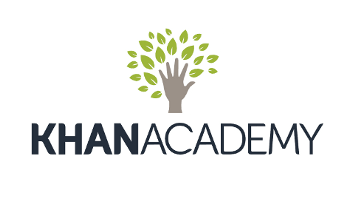Everyone from President Barack Obama to Facebook founder Mark Zuckerberg agrees: Learning the basics of computer programming through coding has become increasingly vital for today’s students.
“All of my friends who have younger siblings who are going to college or high school,” Zuckerberg told Charlie Rose in a 2011 interview, “my number one piece of advice is you should learn how to program.”
Coding is what makes computer software, websites, and apps possible. It’s the language that tells the computer what to do.
Studies have shown that most kids want to learn how to code, but not all have been exposed to the process. That’s where the Hour of Code comes in. It’s a global movement that encourages students to take one hour to learn the basics of code through fun and easy tutorials.
In conjunction with Computer Science Education Week (December 7–13), Hour of Code and Code.org have established a goal of reaching tens of millions of students with these one-hour tutorials, suitable for students age four and older. The introductory lessons feature kid-friendly coding games, using characters from Star Wars and Frozen, as well as from the popular game Minecraft to deliver the message that anyone can use blocks of code and basic JavaScript. It’s not designed to instantly turn students into computer programmers, but to prove that computer science can be fun, creative, and accessible for all ages.
The Hour of Code program is aimed at teachers and schools that can impact many students at once, but individuals can also access introductory—as well as more advanced—lessons at home.
To get your student involved in the Hour of Code, check out these resources below:
Minecraft
In a very basic tutorial, students pick a character (Alex or Steve) and drag blocks of code to guide them through the Minecraft world. Recommended for students ages six and older.
Star Wars
Star Wars producer Kathleen Kennedy introduces this 15-puzzle tutorial which not only features the drag-and-drop technique but introduces JavaScript, enabling students to build their own Star Wars game. Robot BB-8 will respond to sounds and other coded instructions. The JavaScript content is designed for ages 11 or older, but might be suitable for younger students who are ready to move on from drag-and-drop.
Disney’s Frozen
A chance for young coders to guide Anna and Elsa around the ice in a winter wonderland environment. Students will learn to guide characters in more complex, specific patterns (circles, snowflakes) and enable them to respond to more detailed coded instruction including angles. Other online coding options are offered through Disney Infinity.
Lightbot
There is a free demonstration video that leads to opportunities to purchase apps for iPhone, Android, Mac, and Kindle. Users in the Junior version (ages four–eight) solve puzzles on 42 levels (in up to 25 languages) using programming logic. Version for ages nine and up offers a more advanced learning curve. Multiple players can advance at their own pace as a “Girlbot” or “Boybot.”
LEGO
Tutorials show how to make building bricks avoid obstacles, change direction, and repeat behaviors using numbered blocks. Students will also be able to add sound to the bricks.
Scratch (MIT)
From the Massachusetts Institute of Technology (MIT), young users can (depending on their level) learn to animate their name on-screen, play a game of hide-and-seek with Cartoon Network’s We Bare Bears, or produce an interactive dance scene. The site offers several other projects featuring “Scratch,” the animated cat.
Khan Academy
Khan Academy, which provides free instructional videos, offers an Hour of Code introduction to JavaScript. The academy’s motto is: “You can learn anything.” This tutorial includes drawing and coloring with code, creating a snowman, and making him wave.
 For more on how coding is important to all of us, view this short video from Hour of Code, and read Learning Liftoff’s article, “Should All Children Learn to Code?“
For more on how coding is important to all of us, view this short video from Hour of Code, and read Learning Liftoff’s article, “Should All Children Learn to Code?“

































































































